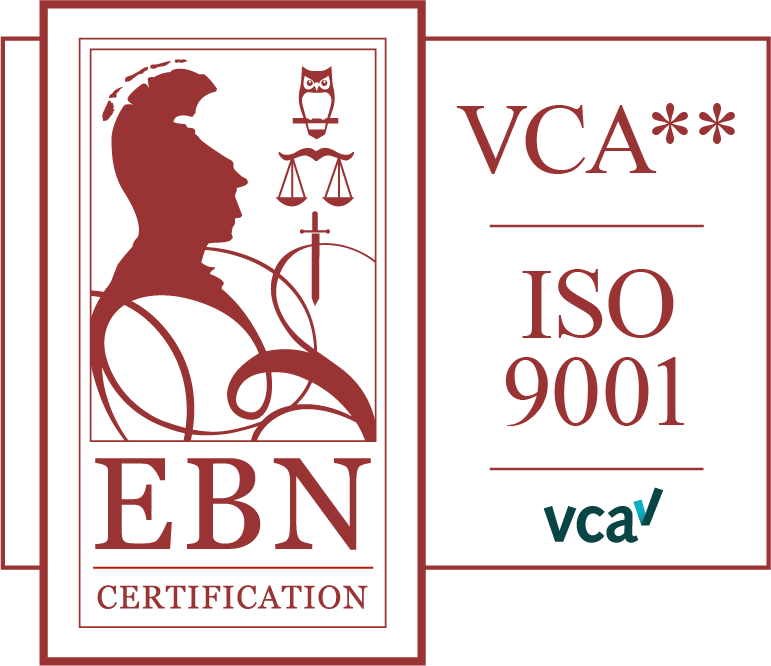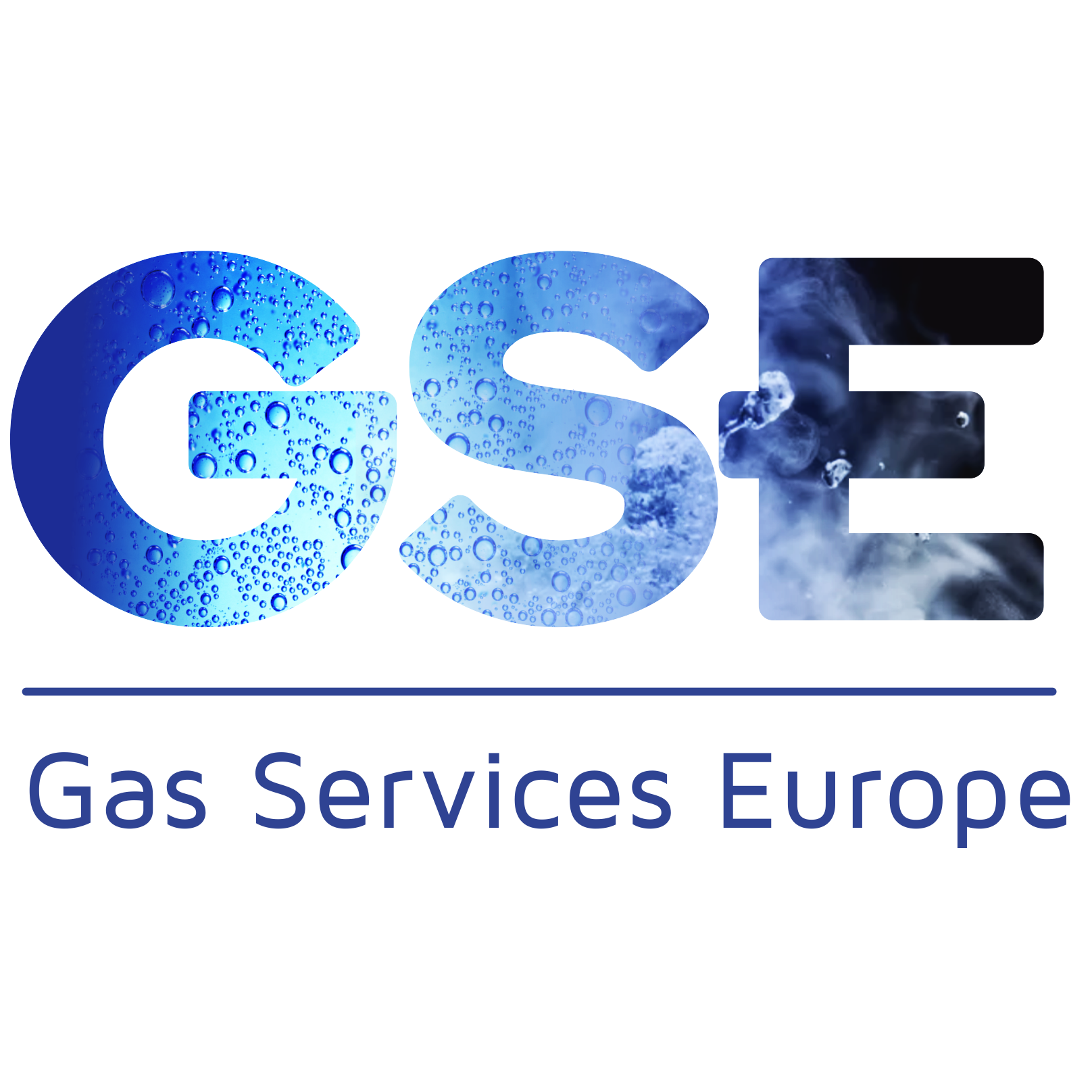Washing procedure
• GSE plans the route and informs the location of the planned operation
• Reporting arrival at location and LMRA.
• Before starting, GSE checks the O2 or CO2 or LEL values with a detector.
• Moss and vegetation within the fences are removed.
• The tanks are washed with high and low pressure, water and brushes.
• Around the pressure gauges, stickers, etc. will be cleaned using sponges and
low pressure to prevent damage.
• The platform on which the tank is located will be cleaned by means of high
pressure.
• Rust spots are de-rusted and painted.
• Warning signs are cleaned and when needed reaffirmed.
• A photo report will be emailed and any malfunctions will be inventoried and reported.
Field maintenance painting: System Surface Preparation
Surfaces and cavities which could be damaged or contaminated by the surface preparation and/or painting will be masked or plugged appropriately. This includes openings in vessels and piping, and many of the items which are not to be painted.
All oils, greases, tars, salts, and similar materials or contamination will be removed per SSPC SP 1. This includes the use of high-pressure washing with industrial detergents, followed by rinsing with clean water.
Prior to paint application all surfaces will be assessed and treated in accordance with ISO 8504:2000.
All loose rust and loose mill scale will be removed. All weld splatter and slag, shall be chipped or ground off. All sharp edges, points, burrs, weld platters, weld peaks, roughness, and raised surface defects will be removed by power sanding or grinding (and intact shop primer where applicable) to St3 ISO 8501-1:2007 / SSPC- SP3 / Pt3 of JSRA SPSS-1975.
All edges of the existing coating will be sanded to taper the thickness and thereby make for a smooth transition with the new paint.
The surface will be lightly abraded with a bristle blaster and GSE ensures it will be free of dust and dirt prior to application of coatings.
The ground shall be covered.
If the surface preparation reveals a defect in the material of any structural or pressure-containing component, such as cracks, pitting or weld porosity, the client shall be promptly contacted. No coatings shall be applied until the client has explicitly accepted the defect or its repair.
Once achieved, the specified surface preparation standards must be maintained until all areas are prime painted.
Paint application
All coating materials shall be mixed and thoroughly stirred in accordance with the instructions of the paint Manufacturer. Sufficient agitation to maintain good mixing shall be applied until the product is used. If air is entrapped in the product during mixing/stirring, sufficient time should be allowed for the air bubbles to escape before application.
To the maximum extent practicable, each coat of material shall be applied as a continuous film uniform thickness free of porous. Any spots or areas missed in application will be recoated and permitted to dry before the next coat is applied. Applied paint must have the desired wet film thickness.
For coating different color shades are used for primer and intermediate coats, for ease in monitoring and identification of the number of coats
Each paint coat will be smooth, free of defects, fully bonded, and of proper thickness. Any runs and sags will be removed. The top coat shall have a smooth and uniform color and finish.
Instruments, machined or polished bright metal surfaces, the mating surfaces of flanged joints, and the insides of open pipe ends shall be protected during surface preparation and painting.
GSE will supply and lay drop cloths to protect other work, equipment, and surfaces. After completion GSE cleans off any spilled or spattered paint.
No coat shall be applied until the preceding coat has dried and cured as recommended by Paint Manufacturer. Next coat will be applied within the time stipulated by the paint manufacturer.
Before over coating, over-runs, drips and smears shall be removed and any coating damage or imperfection will be repaired. The material shall be considered dry for re-coating when another coat can be applied without the development of any film irregularities such as lifting or loss of adhesion of undercoats.
Before overcoating an epoxy paint, the surface shall be checked for amine blush. If any greasy or waxy film is detectable, then the entire surface shall be thoroughly washed with clean water and dried.
Contamination of the surfaces between coats shall be prevented. If
contamination does occur, surfaces shall be pressure washed and dried before the next coat of paint is applied.
No paint shall be force dried.
No drier shall be added to paint on the job unless specifically called for in the manufacturer’s specification for the paint. Paint shall be protected from rain, condensation and contamination until dry.
To minimize the risk of damage, no lifting, transportation, erection or fabrication operations shall be done before the paint has been fully dried and/or cured.
Damaged areas, defects in the coating system such as over-runs, drips and smears that have to be removed or areas with inadequate dry film coating thickness shall be re-cleaned.
Only thinners specified by the paint Manufacturer will be used.
The temperature of the paint shall be per the product data sheet.
After the item is finish painted, it shall be marked to identify the paints that were used by manufacturer and product number, and the date. The markings are be made directly on the equipment on permanent labels.
Application restrictions, we cannot paint:
o During fog, mist or rain.
o When the relative humidity is 85 percent or above.
o When the surface temperature and/or ambient temperature is below 10°C.
o When the surface temperature and/or ambient temperature is above 35°C.
o When the steel surface temperature is less than 3°C above the dew point.

